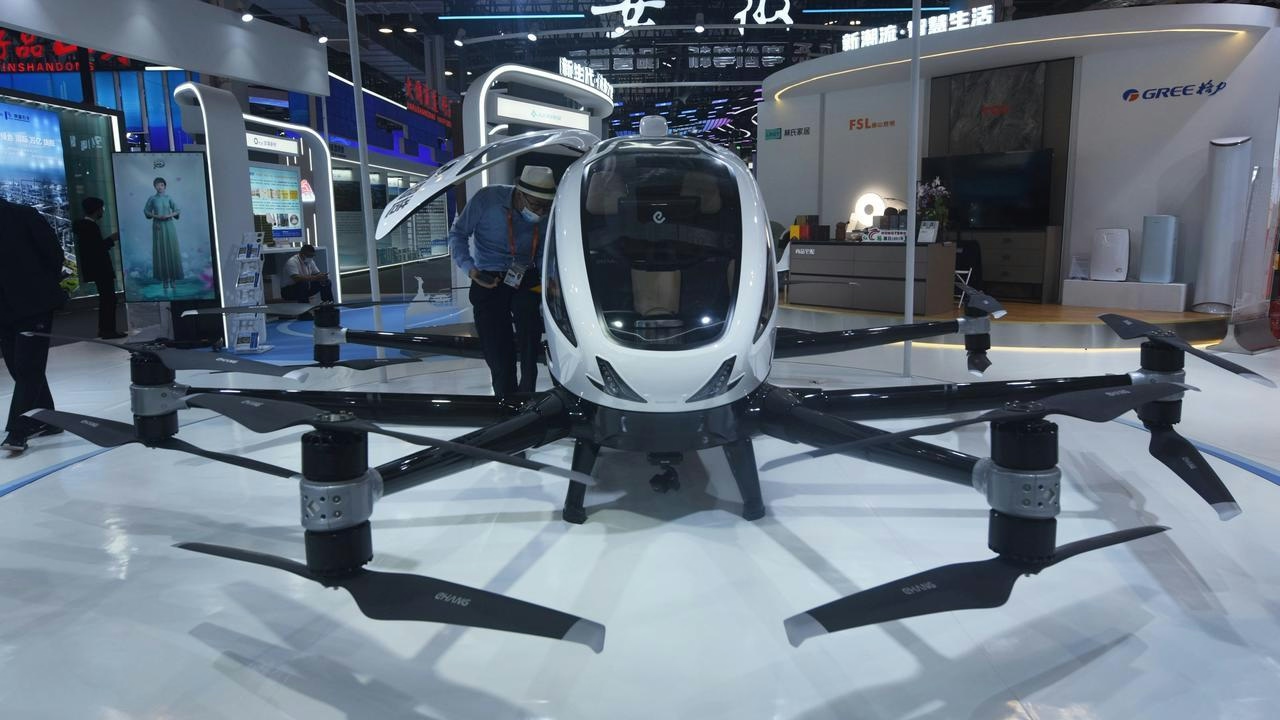
AeroGenie — Seu copiloto inteligente.
Tendências
Categories
China's 'Scissor Wing' Project Revives Hypersonic Drone Concept
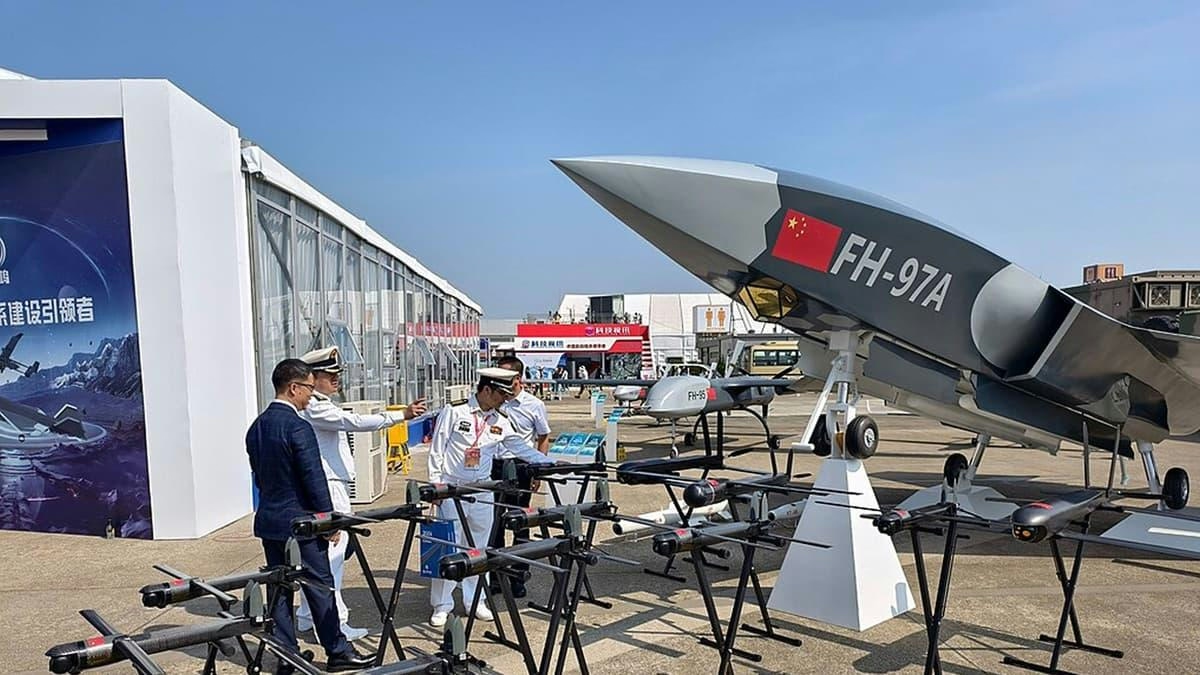
China's 'Scissor Wing' Project Revives Hypersonic Drone Concept
Revisiting the Oblique Wing Design
Aircraft design has long grappled with a fundamental aerodynamic challenge: wings optimized for low-speed operations such as takeoff and landing tend to be large and broad to maximize lift, whereas wings designed for high-speed flight are typically swept back and slender to minimize drag. Historically, some aircraft, including the F-14 Tomcat and the British Tornado, have attempted to reconcile these conflicting requirements through variable-sweep wings. However, these mechanisms are often heavy and mechanically complex, limiting their efficiency and reliability.
China is now exploring an alternative approach known as the oblique, or "scissor," wing. Unlike conventional variable-sweep wings that pivot symmetrically, the oblique wing rotates a single large wing diagonally across the fuselage. This design theoretically offers aerodynamic advantages across a wide range of speeds, combining the lift benefits of a wide wing at low speeds with the drag reduction of a swept wing at high speeds, all while simplifying the mechanical complexity. Despite its promise, the oblique wing concept has historically faced significant stability challenges. NASA’s AD-1 experimental aircraft from the 1970s, for instance, demonstrated the difficulties in controlling such a configuration.
Technological Advances Addressing Past Limitations
To overcome these longstanding issues, Chinese engineers are harnessing state-of-the-art technologies. The use of supercomputers and artificial intelligence enables real-time simulation and prediction of airflow dynamics around the aircraft, allowing for more precise control and optimization. Additionally, the integration of smart materials and advanced sensor systems helps manage the extreme stresses encountered during hypersonic flight, enhancing structural integrity and responsiveness. This combination of modern computational capabilities and materials science represents a marked advancement over earlier experimental efforts.
The Global Context of Hypersonic Drone Development
China’s renewed investment in hypersonic drone technology emerges amid intensifying international competition. In the United States, the Trump administration took steps to reduce regulatory barriers for commercial drones, aiming to challenge China’s growing dominance in the sector. Concurrently, other global actors are accelerating their own hypersonic research initiatives. The European Space Agency is advancing projects in this domain, while the United Kingdom is developing the Sabre hypersonic aircraft concept. To bolster these efforts, the UK recently commissioned Isambard-AI, its most powerful supercomputer to date, which is expected to significantly enhance research and development capabilities in aerospace and artificial intelligence.
As China advances its "Scissor Wing" project, the global race for hypersonic and advanced drone technologies is intensifying. The developments underway have the potential to transform military capabilities and influence the future trajectory of commercial and scientific aviation worldwide.
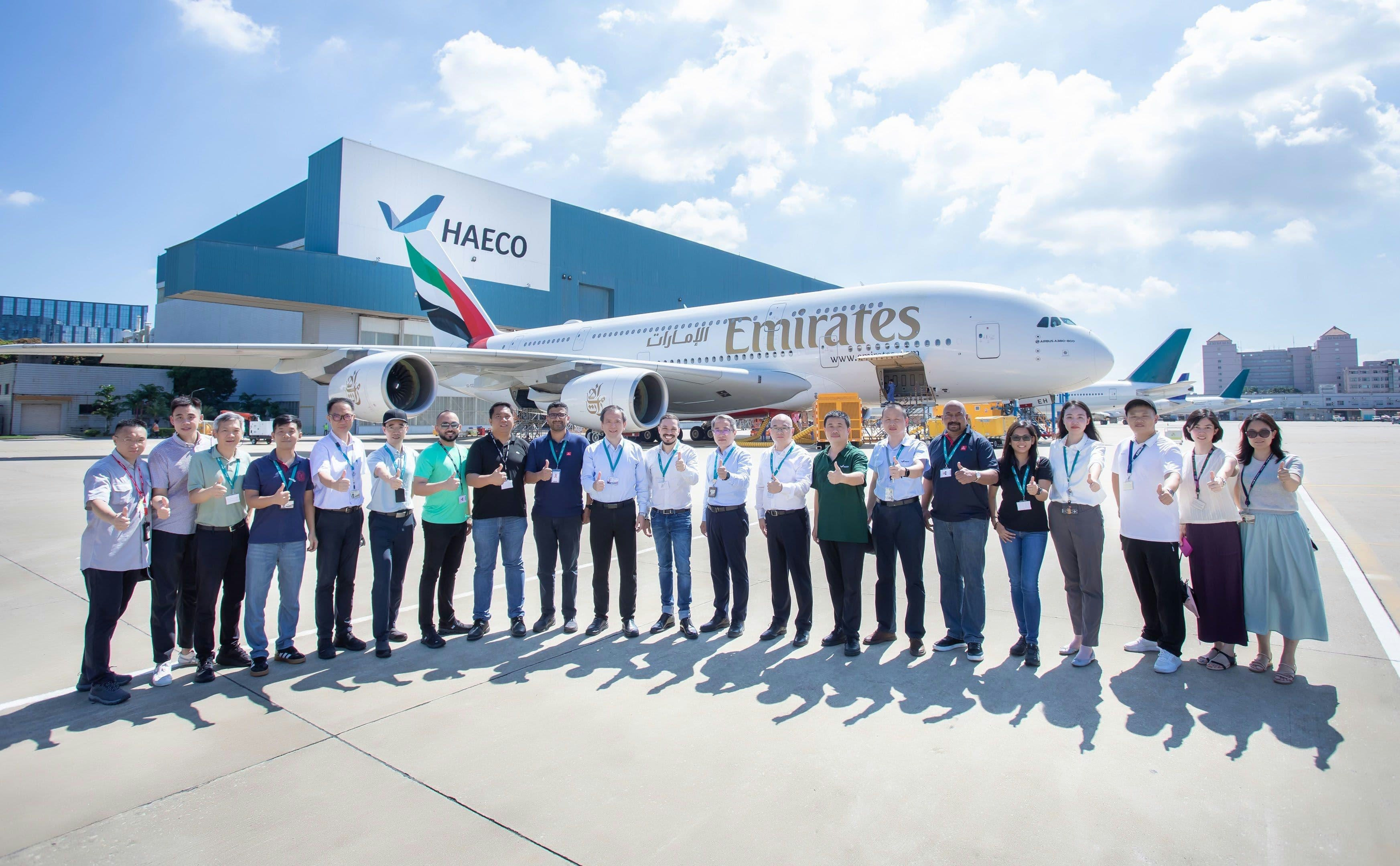
Collins Aerospace and Emirates Extend A380 Landing Gear Maintenance Agreement

CDB Aviation Leases Four A320neo Aircraft to Marabu Airlines

Sheikh Mohammed Visits Dubai Airshow Highlighting Innovation and Expertise

Archer Provides Electric Air Taxi Powertrain for Anduril’s Omen Concept
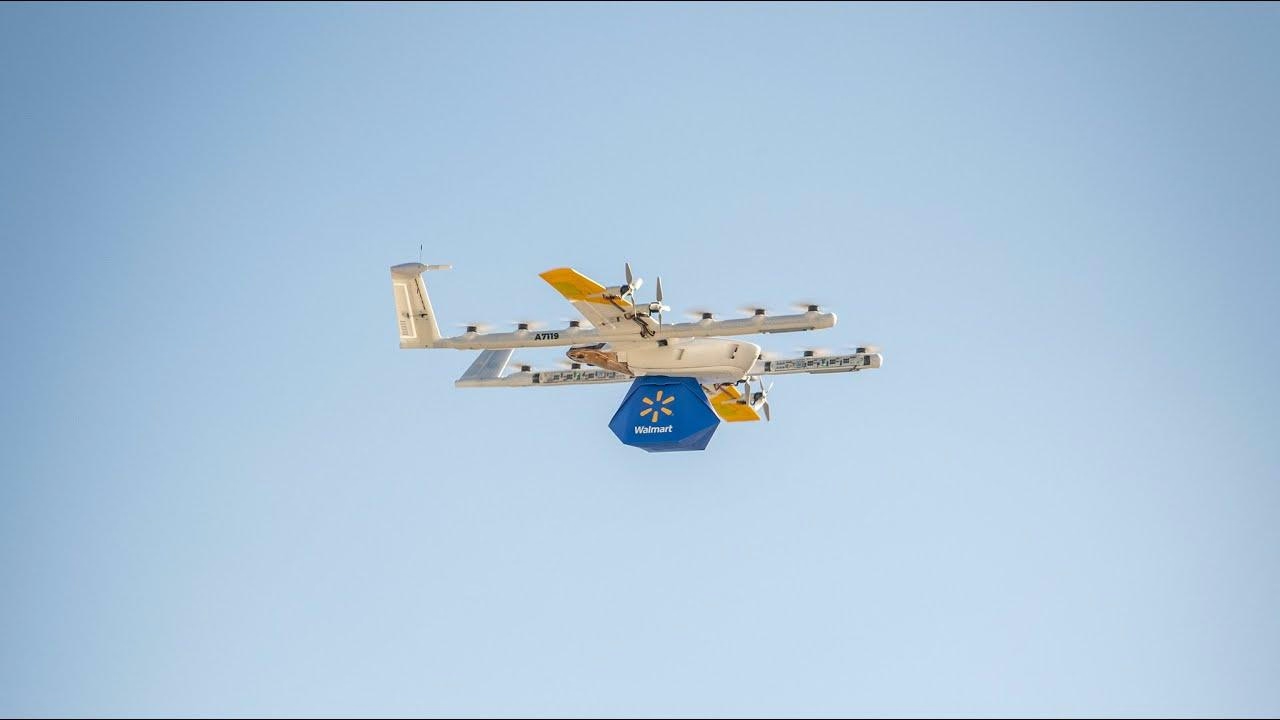
Concordia Partners to Advance Drone and E-Aircraft Technology

Sarla Aviation to Invest ₹1,300 Crore in Aerospace Facility in Andhra Pradesh

Passengers Respond Positively to Airline’s AI Flight Attendant
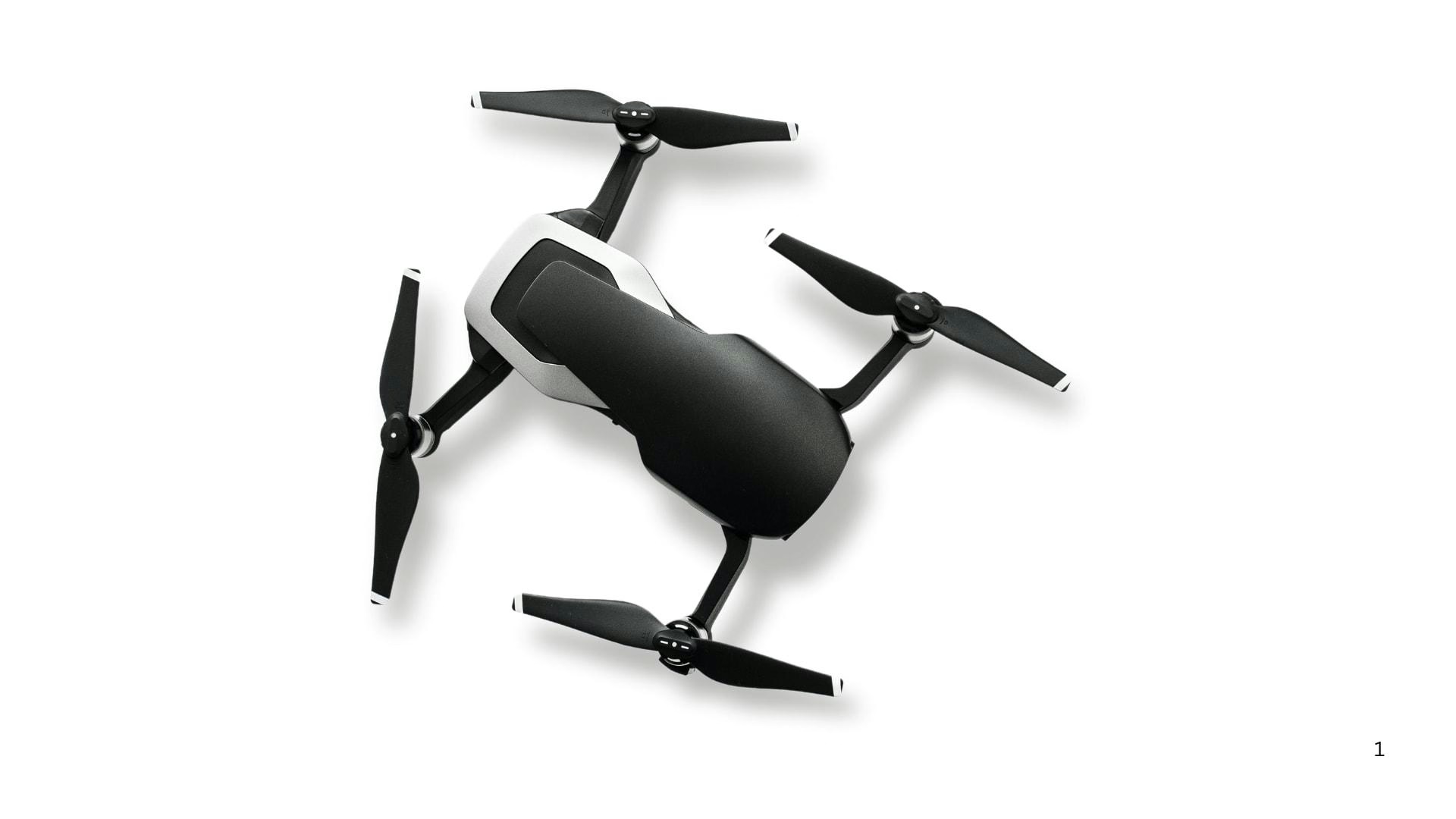
Drone Market Outlook: Trends and Forecasts Through 2033

Google Develops AI for Travel Booking and Updates Travel Tools
